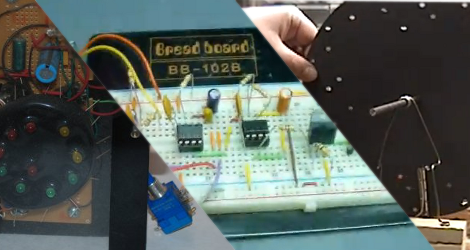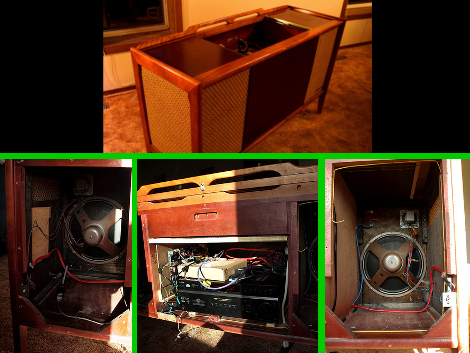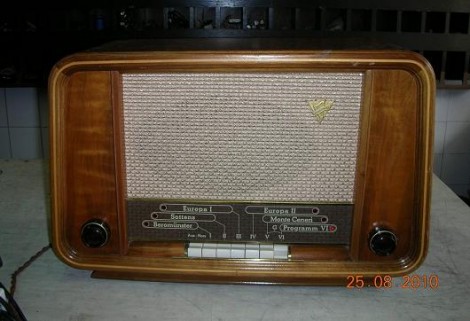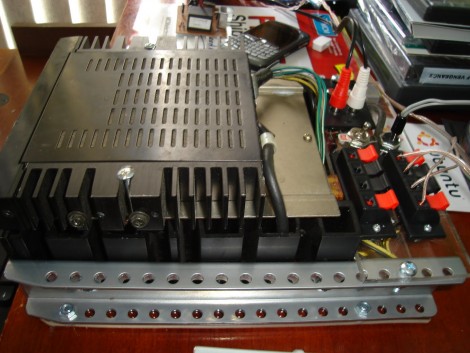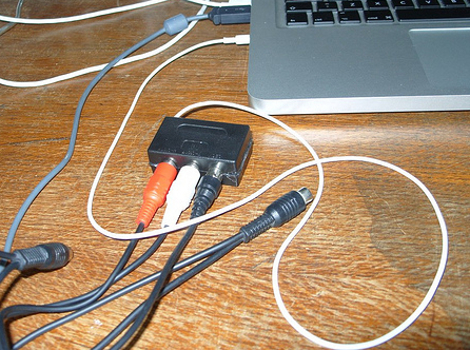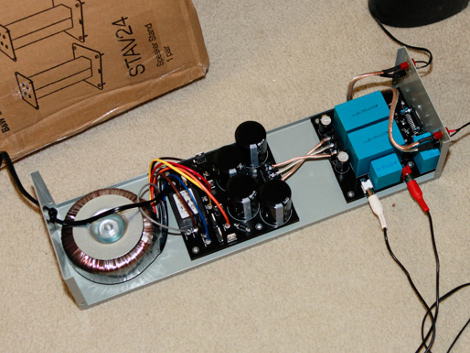
In need of an amplifier for his home entertainment system [Afroman] decided to build an amp rather than buying one. If nothing else, doing it himself allowed for a form factor that can’t just go out and buy.
He designed the project on two separate boards, one for the power supply and the other for the amplifier circuit. Both are of his own design, and although he doesn’t share the schematic, we know he’s based his work on a National Semiconductor reference design for the LM4780 audio amplifier chip. There’s a few other clues, like his mention of the toroidal transformer seen at the left in the image above and hi-res photos of the unpopulated board that has component values printed in the silk screen.
The final design allows him to get great performance out of his speakers with a very clean look. You’ll need to be logged to the forum linked above to view all of the images, but we’ve embedded three more of them after the break to whet your appetite.
Oh, and cost? This gets up there, just sneaking past the $500 mark.

